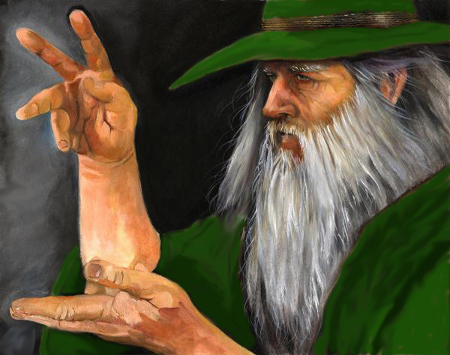
Glimpses from the first day of the Battle of the Somme, July 1, 1916:
“I was ordered to fetch the breakfast from the kitchens about a mile away. On the way back, in the trench, we came across a covey of young partridges and, as we walked along, we were driving them in front of us. A lot fell in a sump which was full of water so they would surely drown. But I could not see them drown, so I pulled the top off and got them out, put them in my steel helmet and lifted it up to the top of the trench. There, their mother was waiting and she chuckled them all together and off they went, never to be seen by us again.” — Pte F.G. Foskett, 7th Bedfords
“I suppose a shell hole is not the best place from which to admire anything but, believe it or not, waving about just over my head were two full-blown red poppies which stood out in pleasant contrast against the azure blue sky.” — Pte G.E. Waller, Glasgow Boys’ Brigade Battalion
“The worst sights were in our own trenches where some of the badly wounded had managed to crawl. We were not allowed to help any of them, but kept our machine-gun mounted on the parapet in case of a counter-attack. The wounded were trying to patch each other up with their field dressings. A chaplain tore his dog collar off in front of me and, with curses, said, ‘It is a mockery to wear it.'” — Pte C.A. Turner, 97th Brigade Machine Gun Company
“I could see, away to my left and right, long lines of men. Then I heard the ‘patter, patter’ of machine-guns in the distance. By the time I’d gone another ten yards there seemed to be only a few men left around me; by the time I had gone twenty yards, I seemed to be on my own. Then I was hit myself.” — Sgt. J. Galloway, 3rd Tyneside Irish
“Now we came on to a German machine-gun post and there were all the twelve of the crew lying dead around the machine-gun; a short distance away we saw the body of one of our sergeants, formerly one of the king’s footmen who joined up with us at Norwich. He had obviously accounted for the machine-gun crew, before he himself received his death blow. A strange feeling possesses one at such a moment. It seems as if one is detached and merely looking at a scene of carnage from a great distance.” — Pte WC. Bennett, 8th Norfolks
“I then went on to the second-line trench and jumped in, to see a German soldier lying on the parapet. With fixed bayonet I approached, then I saw his putty-coloured face which convinced me he was mortally wounded. The German brought up an arm and actually saluted me. I understood no German language but the poor chap kept muttering two words ‘Wasser, Wasser,’ and ‘Mutter, Mutter.’ It took me a minute or so to realize he wanted a drink of water. The second word I could not cotton on to. I am glad to this day that I gave him a drink from my precious water.” — Pte G.R.S. Mayne 11th Royal Fusiliers
“We are filled with a terrible hate. Our actions are born of a terrible fear, the will to survive. Some of the Germans were getting out of their trenches, their hands up in surrender; others were running back to their reserve trenches. To us they had to be killed. Kill or be killed. You are not normal.” — L/Cpl J.J. Cousins, 7th Bedfords
A company commander in the London Division’s Pioneer battalion was left out of the battle: “My recollection, after all these years, is of being in a trench discussing the rumours, helping with the wounded (we had four men killed) and occasionally lying in a bit of shelter, reading Pickwick Papers and watching the activities of a fat and grey rat.” — Capt. P.H. Jolliffe, 1/5th Cheshires
(From Martin Middlebrook, The First Day on the Somme, 1971.)








